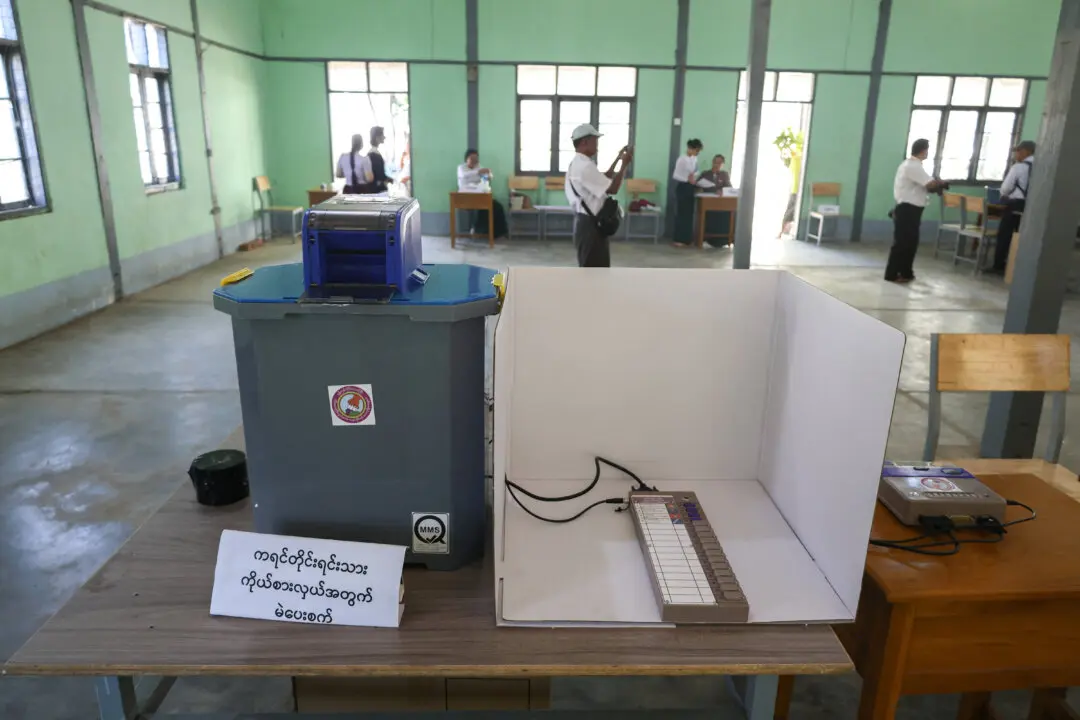FRANKFURT—Euro zone inflation inched up to a new record high as expected this month, making uncomfortable reading for European Central Bank (ECB) policymakers already worried that rapid price growth could become entrenched, creating a hard-to-break wage-price spiral.
Inflation in the 19-country currency bloc rose to 7.5 percent in April from 7.4 percent in March, in line with expectations, driven by a persistent surge in energy and food prices, data from European Union statistics agency Eurostat showed on Friday.





